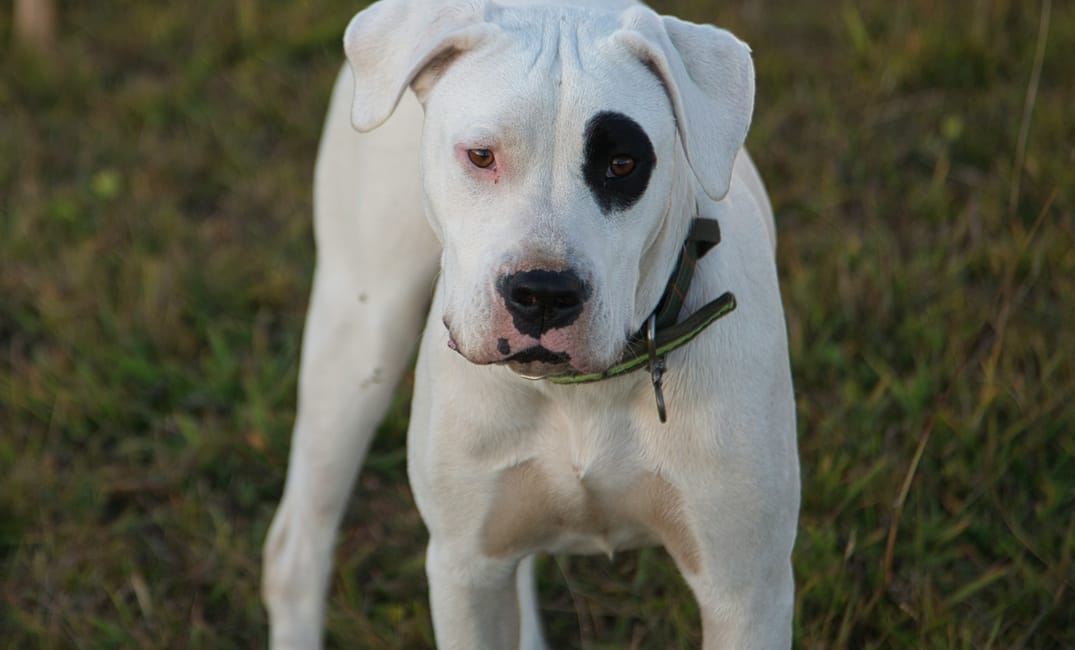Table of Contents
Watching your dog grow older is a bittersweet experience. The playful zoomies might slow down, and the naps get longer. But even as the pace of life changes, there are many small, thoughtful ways we can help our older dogs feel comfortable, loved, and truly cared for. Below are 13 simple changes that can greatly improve your senior dog’s daily life.
1. Add More Cushioned Bedding
As dogs age, joints get stiffer and pressure points become more sensitive. A soft, orthopedic bed provides relief and better rest, especially if your pup has arthritis or hip issues.
2. Keep Water Easily Accessible
Older dogs may drink less or struggle to get to their usual bowl. Place extra bowls in areas they frequent and consider a raised bowl to reduce strain on the neck and shoulders.
3. Stick to a Consistent Routine
Senior dogs thrive on predictability. Keeping meal times, walks, and bedtime consistent helps them feel safe and reduces stress or confusion.
4. Use Rugs or Mats for Traction
Slippery floors can lead to falls or hesitation. Adding rugs, yoga mats, or even foam tiles gives your dog the confidence to move around freely.
5. Add Joint Supplements
Talk to your vet about glucosamine, chondroitin, or omega-3s. These can help reduce inflammation and improve mobility, even before major problems show up.
6. Offer Smaller, More Frequent Meals
Digestive systems slow down too. Splitting meals into two or three smaller portions can help with digestion and keep blood sugar levels steady.
7. Create a Safe, Quiet Space
Just like us, senior dogs may appreciate a little peace and quiet. A cozy corner away from loud TVs or rowdy kids can give them a much-needed break.
8. Switch to Softer Treats
If chewing gets hard, crunchy biscuits can become a chore. Choose soft or chewy treats that are gentle on aging teeth and gums.
9. Shorter, More Frequent Walks
Long hikes may be too much, but that doesn’t mean walks are over. Several shorter strolls throughout the day can still provide stimulation and gentle exercise.
10. Gentle Grooming Sessions
Older dogs may have sensitive skin or sore joints, so go slowly. Brushing becomes more than grooming, it’s bonding, and a chance to check for lumps or skin issues.
11. Use Ramps or Stairs
If your dog struggles with getting on the couch or into the car, a ramp or dog stairs can restore some independence and reduce strain.
12. Keep Their Mind Engaged
Puzzle toys, scent games, or even basic training refreshers can keep your dog’s mind sharp and spirits high. Mental stimulation is just as important as physical exercise.
13. Be Patient and Present
Above all, your dog needs your patience. They might move slower or forget a command they once knew. What matters most is that you’re still there, loving them through every stage.
Making these changes doesn’t require a complete overhaul of your life. Just a bit of thought and a lot of heart. Your senior dog may not be able to tell you in words, but the wag of a tail, the look in their eyes, and the way they rest beside you, those are all the thanks you'll ever need.

